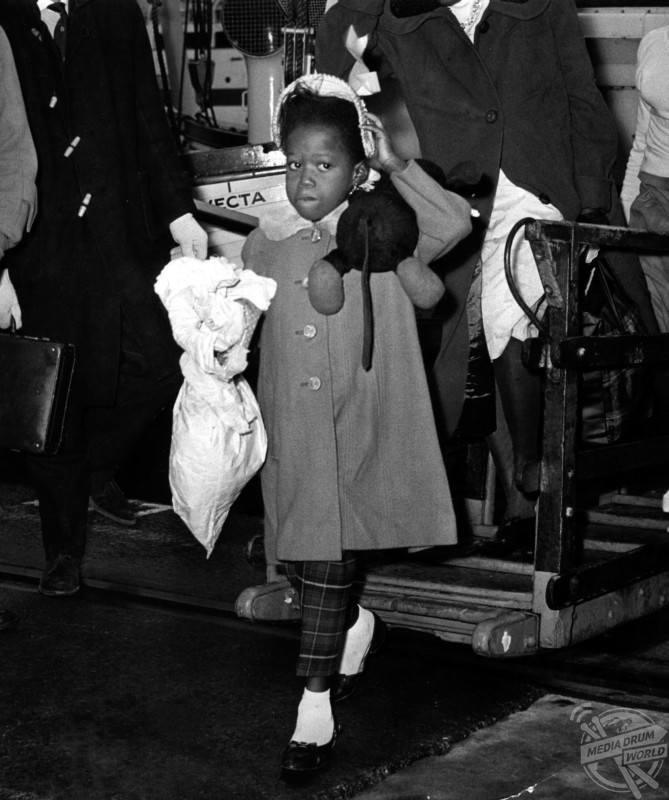
By Mark McConville
MOVING pictures have revealed the Windrush children arriving on British shores in the 1950s many of them unaccompanied as they started their new lives in what was then the imperial mother country.

TopFoto / Retronaut / mediadrumimages.com
The incredible images, as revealed by the website Retronaut, show Veronica Rose Rawle, from Kingston, Jamaica, in Britain to join her father who was working in Birmingham, a tiny Jamaican girl waiting patiently to disembark from the Begona when she arrived at Southampton and a first glimpse of England for this wide-eyed little girl who arrived with another 216 Jamaicans from the West Indies at Southampton docks.

TopFoto / Retronaut / mediadrumimages.com
Other striking shots show a bewildered youngster stepping ashore wearing a towel to keep his shoulders dry from the rain, and holding tight his wide-brimmed hat, a Jamaican woman carrying her suitcase and son down the gangway of the Tender “Balmoral” and a West Indian baby pictured at Southampton on arrival in the Italian liner Ascania. The ship had on board about 1,100 immigrants – the largest number to reach Britain from Trinidad, Barbados and St Kitts.
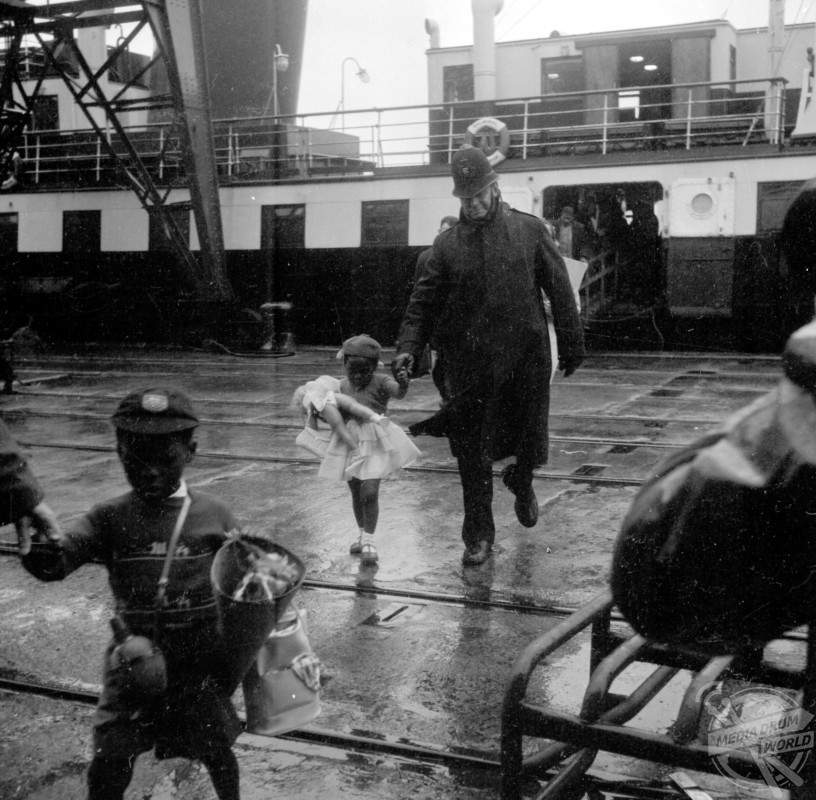
TopFoto / Retronaut / mediadrumimages.com
It wasn’t just adults who arrived in Britain from the Caribbean after the Windrush during the 1950s – it was children too. Some arrived with one or both parents, others arrived alone to join parents already in Britain. Part of what subsequently became known as the “Windrush Generation”, the children made their lives in Britain, some working for over 40 years and paying taxes.
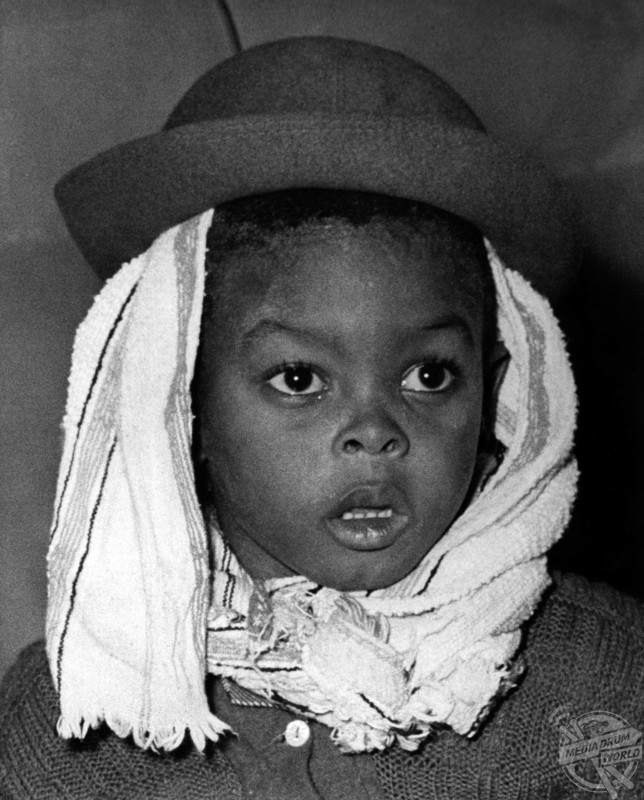
TopFoto / Retronaut / mediadrumimages.com
In 2010 the Home Office introduced its hostile environment policy, with “the aim to create, here in Britain, a really hostile environment for illegal immigrants”. These children, although here legally, were caught up in this new ‘environment’.
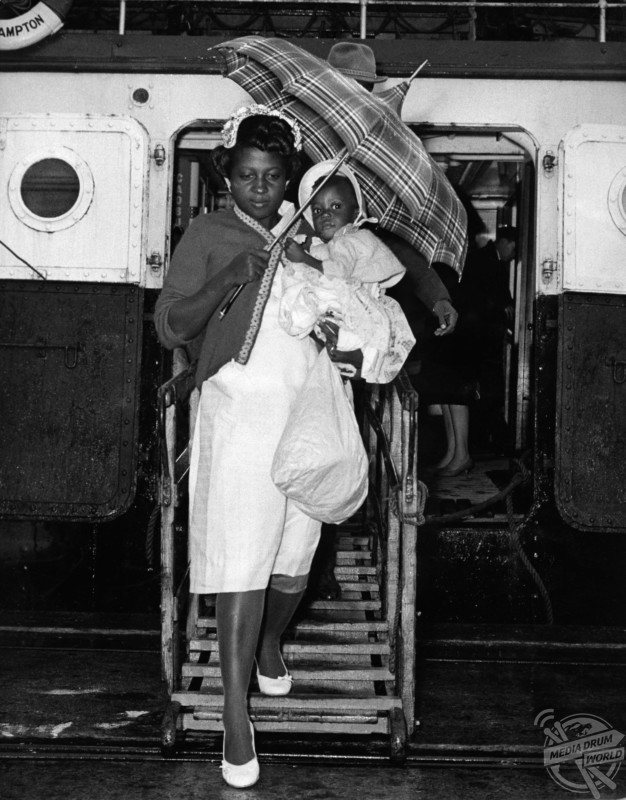
TopFoto / Retronaut / mediadrumimages.com
The onus of proving people’s status was placed on employers and landlords, with large fines if they employed or housed someone deemed illegal. This was a seismic shift in policy and culture in the Home Office. People were required to provide evidence of their right to stay – records of National Insurance payments were deemed insufficient in at least one instance.
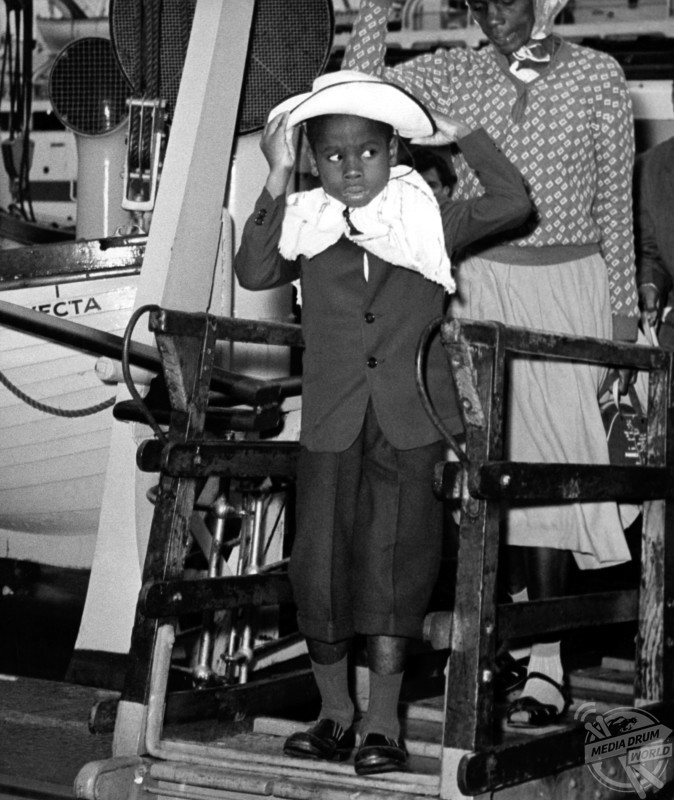
TopFoto / Retronaut / mediadrumimages.com
Immigration officials were not allowed to use their discretion in these cases, but had to follow strict rules and the introduction of ‘targets’ for deportations. Some people lost their homes and jobs and were denied healthcare on the NHS. Some were deported.

TopFoto / Retronaut / mediadrumimages.com
Since the predicament of the Windrush Generation has been brought to public notice, one Home Secretary has resigned and a Windrush Taskforce has been set up to assist those who want to obtain documents giving a right to stay.
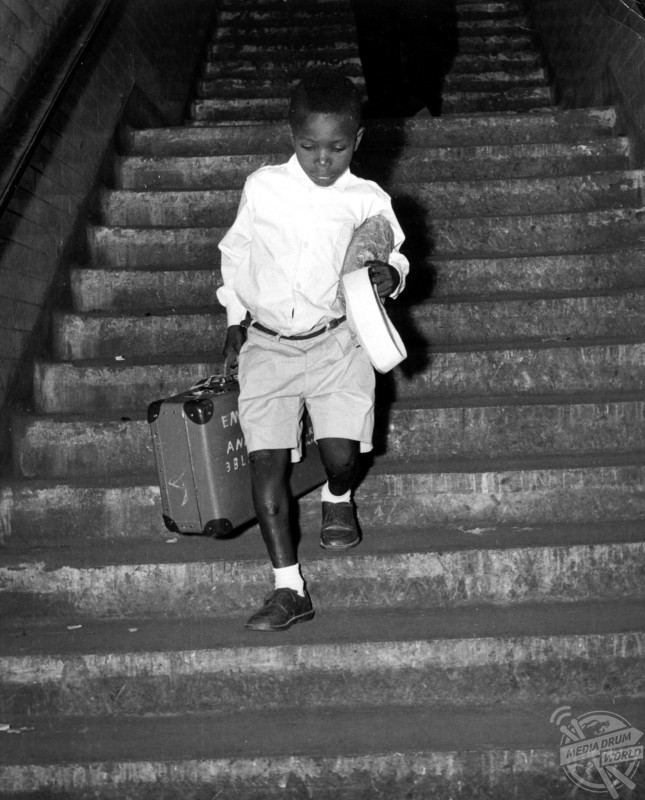
TopFoto / Retronaut / mediadrumimages.com
For more information see www.retronaut.com





